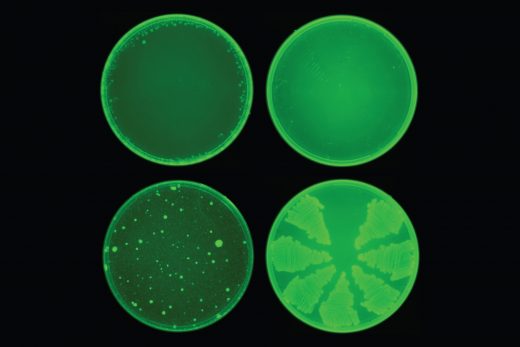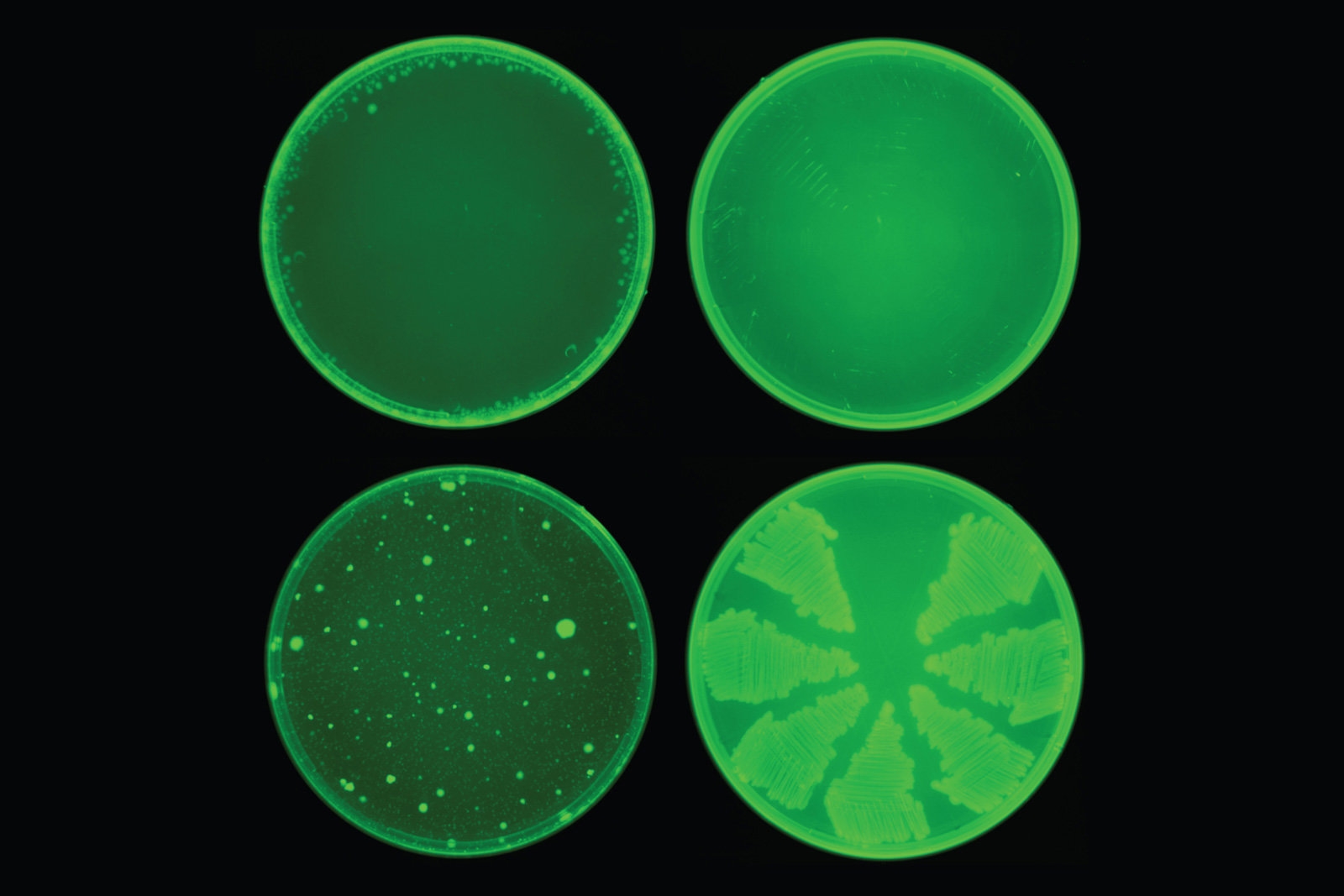AI discovers antibiotic that kills even highly resistant bacteria
The use of AI to discover medicine appears to be paying off. MIT scientists have revealed that their AI discovered an antibiotic compound, halicin (named after 2001‘s HAL 9000), that can not only kill many forms of resistant bacteria but do so in a novel way. Where many antibiotics are slight spins on existing medicine, halicin wipes out bacteria by wrecking their ability to maintain the electrochemical gradient necessary to produce energy-storing molecules. That’s difficult for bacteria to withstand — E. coli didn’t develop any resistance in 30 days where it fought off the more conventional antibiotic cipofloxacin within three days.
The team succeeded by developing a system that can find molecular structures with desired traits (say, killing bacteria) more effectively than past systems. Unlike previous methods, the neural networks learn representations of molecules automatically, mapping them into continuous vectors that help predict their behavior. Once ready, the researchers trained their AI on 2,500 molecules that included both 1,700 established drugs and 800 natural products. When tasked with looking at a library of 6,000 compounds, the AI found that halicin would be highly effective.
Don’t expect a prescription for halicin any time soon. MIT successfully used the medicine to eradicate A. baumanii (a common infection for US soldiers in Afghanistan and Iraq) in mice, but hasn’t used it in human trials. This could be just the start of a much larger trend, mind you. The scientists have already used their model to screen over 100 million molecules in another database, finding 23 candidates. They also hope to design antibiotics from scratch and modify existing drugs to increase their effectiveness or reduce their unintended side effects. This is far from guaranteed to finish off “superbugs.” If it takes out even some of them, though, it could save many lives.
(35)




